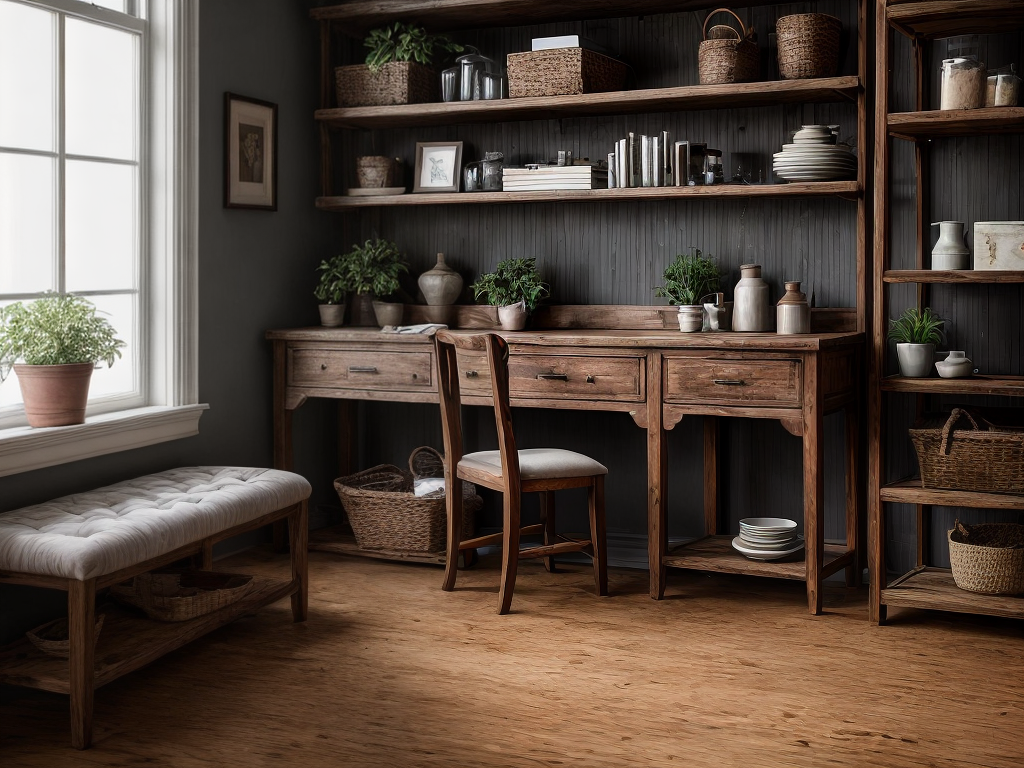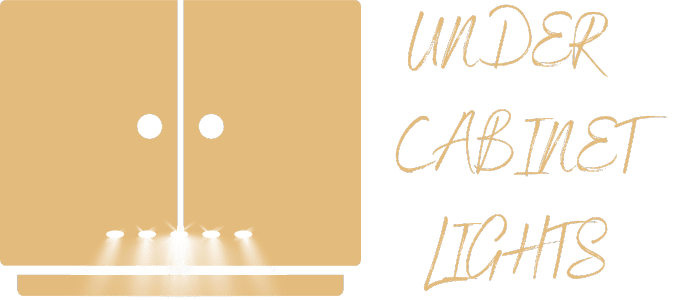
I love the feeling of belonging that comes with having custom shelving in my home. It adds a personal touch and makes the space truly mine. But sometimes, accidents happen, and scratches and dents can mar the beauty of my beloved shelves. That’s why I’ve learned how to repair them myself, and I’d love to share my knowledge with you. In this guide, I’ll show you step-by-step how to assess the damage and fix scratches and dents in wooden, metal, and glass shelving. By following these simple techniques, you can restore your shelves to their former glory and continue enjoying the sense of belonging they bring to your space. Let’s get started!
Assessing the Damage
- I will carefully examine my custom shelving to assess the extent of the scratches and dents. It is important to evaluate the severity of the damage before determining the best repair options. By taking the time to thoroughly inspect the shelving, I can determine if the scratches are superficial or if they have penetrated the surface. Similarly, I can assess if the dents are minor or if they have affected the functionality of the shelves. This evaluation will help me make an informed decision on how to proceed with the repairs. By understanding the extent of the damage, I can choose the most appropriate repair techniques and materials, ensuring that my custom shelving looks as good as new.
Repairing Wooden Shelving
To repair wooden shelving, I will begin by assessing the severity of the scratches and dents. Once I have determined the extent of the damage, I can proceed with the necessary repairs. Here are a few steps to help you restore your wooden shelving to its former glory:
- Use wood filler: Fill in any deep scratches or dents with wood filler. Make sure to choose a filler that matches the color of your shelving for a seamless repair.
- Sanding techniques: After the wood filler has dried, gently sand the repaired areas to smooth out any unevenness. Start with a coarse-grit sandpaper and gradually work your way up to a finer grit for a polished finish.
- Apply a protective finish: Once the repairs are complete, apply a protective finish such as varnish or polyurethane to safeguard your shelving against future damage.
Fixing Metal Shelving
Now let’s turn our attention to fixing metal shelving, which requires a slightly different approach than repairing wooden shelving. If you have rusted shelves, don’t worry, there are steps you can take to fix them. Start by removing any loose rust with a wire brush. Then, apply a rust converter to stop the rust from spreading. Once the converter is dry, you can paint over the affected area with a rust-resistant paint. If your metal shelving has paint stains, you can remove them by using a paint stripper. Apply the stripper according to the manufacturer’s instructions, then scrape off the softened paint with a putty knife. Remember to wear protective gloves and work in a well-ventilated area. By following these steps, you can restore your metal shelving to its former glory.
Restoring Glass Shelving
Restoring glass shelving requires a careful approach to fix scratches and dents. When it comes to glass shelving cleaning, there are a few key steps to follow:
- Start by dusting the shelves with a soft cloth or microfiber duster. This will remove any loose dirt and debris.
- Mix a solution of warm water and mild dish soap. Dip a clean cloth into the solution and gently wipe down the glass shelves, paying extra attention to any stubborn stains.
- For removing stubborn stains, you can use a mixture of vinegar and water or a glass cleaner specifically designed for tough stains. Apply the solution to a clean cloth and gently scrub the affected areas.
- Rinse the shelves with clean water and dry them thoroughly with a lint-free cloth to avoid streaks.
Preventative Maintenance Tips
I regularly maintain my custom shelving to prevent scratches and dents. Choosing the right shelving materials is an essential step in preventing damage. Opting for durable materials like hardwood or metal can significantly reduce the risk of scratches and dents. Additionally, regularly inspecting the shelves for any signs of wear and tear can help address any issues before they worsen. Effective cleaning techniques are also crucial in preventing damage. Using gentle cleaning solutions and soft cloths can help remove dirt and grime without causing scratches. It’s important to avoid abrasive cleaners or harsh scrubbing, as they can damage the surface of the shelves. By following these preventative maintenance tips, I can ensure that my custom shelving remains in pristine condition for years to come.
Conclusion
After assessing the damage, it is important to take the necessary steps to repair scratches and dents in your custom shelving. Whether it is wooden, metal, or glass shelving, there are specific techniques to restore them to their original condition. It is also crucial to practice preventative maintenance to avoid future damage. By following these steps, your custom shelving will continue to look pristine and serve its purpose effectively.
